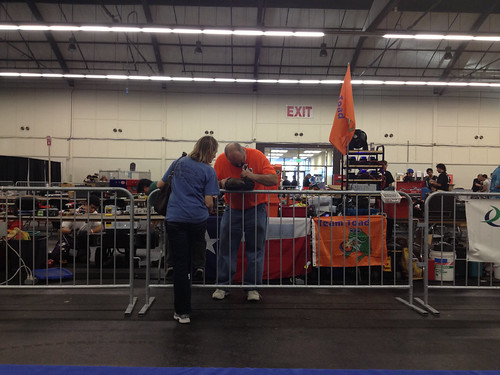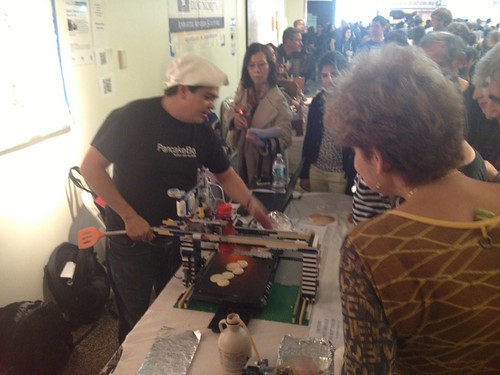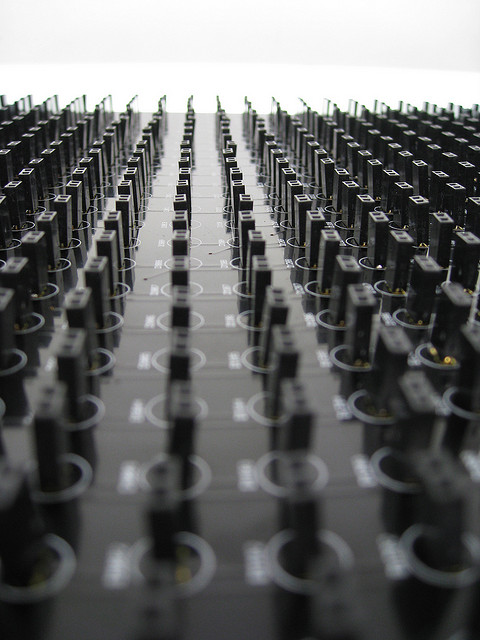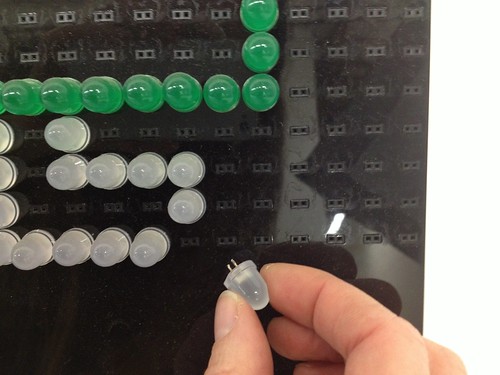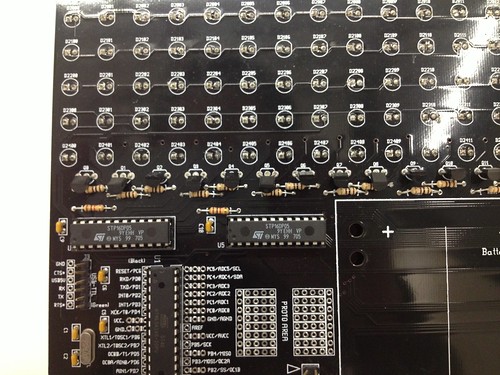The designers at Pensa have released their fantastic homebrew computer-controlled wire bender, the DIWire, as an open source project, and have just posted on Instructables showing you how to build your own. The DIWire can take wire from a spool and automatically form it into arbitrary 2D or 3D shapes you have designed digitally.
We had a chance to see the DIWire up close and in action (and also to meet the folks behind it) at last year’s Open Hardware Summit and Maker Faire in New York. The DIWire is exciting not just because of what it can do, but also because it represents the first of its kind in do-it-yourself CNC machines.
In the last decade, we’ve seen an explosion of DIY CNC mills and routers, and a separate explosion— at least as large —in so many now-familiar 3D printers. But the DIWire represents a whole new class of DIY machines, completely different in function and form. Will the next decade also bring us an explosion in homebrew CNC wire-EDM, water jets, embroidery machines, turret punches, and lathes? We certainly hope so.
In addition to the instructable, documentation for entire DIWire project, including both hardware and software, is hosted at Google Code.














